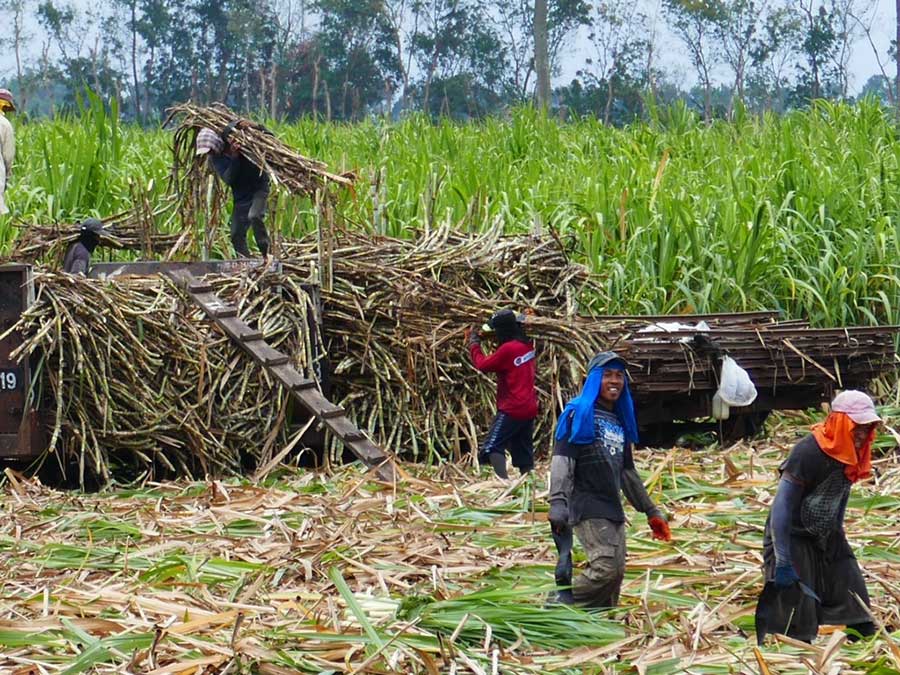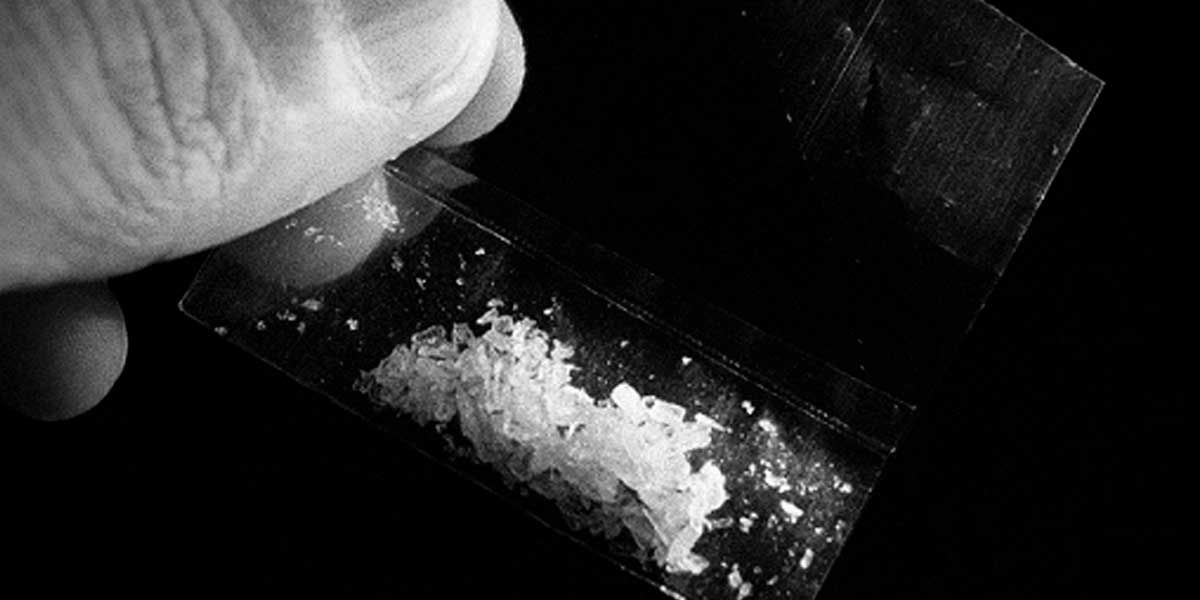
By Dolly Yasa
BACOLOD City – The National Federation of Sugarcane Planters (NFSP) called on the Sugar Regulatory Administration (SRA) to allocate 100 percent of sugar production as “B” sugar for the domestic market considering the low estimated sugar production for Crop Year 2021-2022.
NFSP president Enrique Rojas said this is the sentiment of the federation in a letter to SRA after receiving a copy of the pre-milling crop estimate for CY 2021-2022, that will start September 1 and run until August 31 next year.
“In view of the low estimated sugar production of only 2.1 million metric tons (MMT) due to La Niña this CY 2021-2022, coupled with the expected rise in domestic demand arising from the forthcoming electoral exercise next year, we strongly recommend that SRA should allocate 100 percent of sugar production as “B” Sugar for domestic consumption,” Rojas said in the letter.
“We value our access to the US market. However, we have barely enough for our domestic consumption for Crop Year 2021-2022. CY 2022-2023, if our sugar production exceeds our domestic demand, we are open to the US quota.”
The SRA pre-milling crop estimate showed that the estimated sugar production for the coming crop year is only 2,099,720.71 metric tons, slightly lower than the 2,138,147 MT production for CY 2020-2021, the NFSP statement said.
In CY 2020-2021, SRA mandated a 5 percent allocation for “A” Sugar (for US Market) at the start of the crop year, and then eliminated the “A” sugar allocation near the end of the milling season.
The “A” sugar allocation caused losses to sugarcane farmers, because “A” sugar prices are lower than “B” sugar prices, the statement further said.
SRA Sugar Order No. 1-A, issued on March 29, 2021, eliminated the 5 percent “A” allocation because of the drop in estimated production due to the decrease in average national sugar recovery from the projected 1.87 LKG sugar per Ton Cane (LKG/TC) to only 1.71 LKG/TC.
The drop in sugar recovery was primarily caused by the La Niña phenomenon.
Last month, PAGASA issued an advisory, saying that “there is more than 50 percent chance that La Niña will develop either in October or November 2021, and may last through the first quarter of 2022.”
This is expected to result in low average national sugar recovery of only 1.71 LKG/TC, that is the actual average national sugar recovery for CY 2020-2021 when the industry also suffered from La Niña. Thus, the estimated production for next crop year is almost the same as production in the current crop year, the press release said.
The statement also said that the SRA is set to hold an online meeting with industry stakeholders to discuss the preliminary production estimate and the proposed sugar allocation for CY 2021-202
Meanwhile, United Sugar Producers Federation is urging the Sugar Regulatory Administration to scrap the A sugar, or the US sugar quota for the coming crop year, if the supply is just enough for the country’s consumption.
Unifed president Manuel Lamata said, “There is no point to allocate A sugar when we will also import the differential to satisfy the local needs.”
Lamata is taking this position in anticipation of Sugar Order No. 1 that is expected to come out by next week, and with talks rife that there are sectors pushing for a 7-8 percent allocation for the US market, a press release from Unifed said.
Unifed agreed to a seven percent allocation of A sugar last year. But the problem, Lamata said, was that the farmers were short-changed because the differential given was only P100 instead of the expected P400.
“In other words, somebody made money, but it was not the farmers,” he added.
Scrapping the A sugar had been done in the past when the country’s sugar production did not meet local demands. “It has been done, and we are asking SRA to do it again and prioritize the local market,” Lamata said.
He also lashed out at SRA for the delay in coming up with the crop estimates for this year.



















